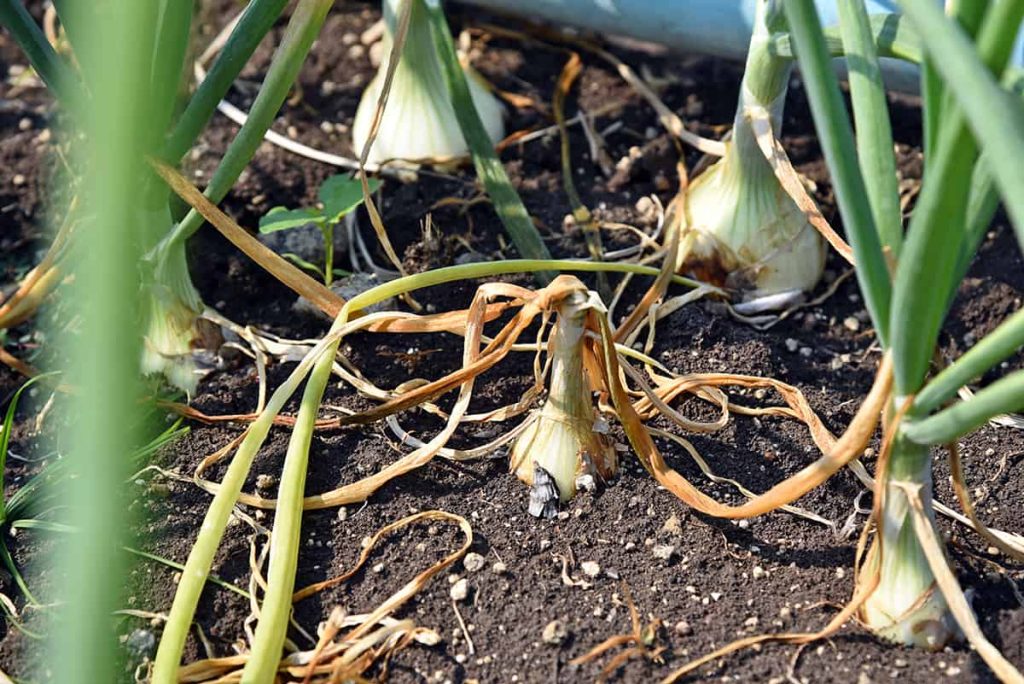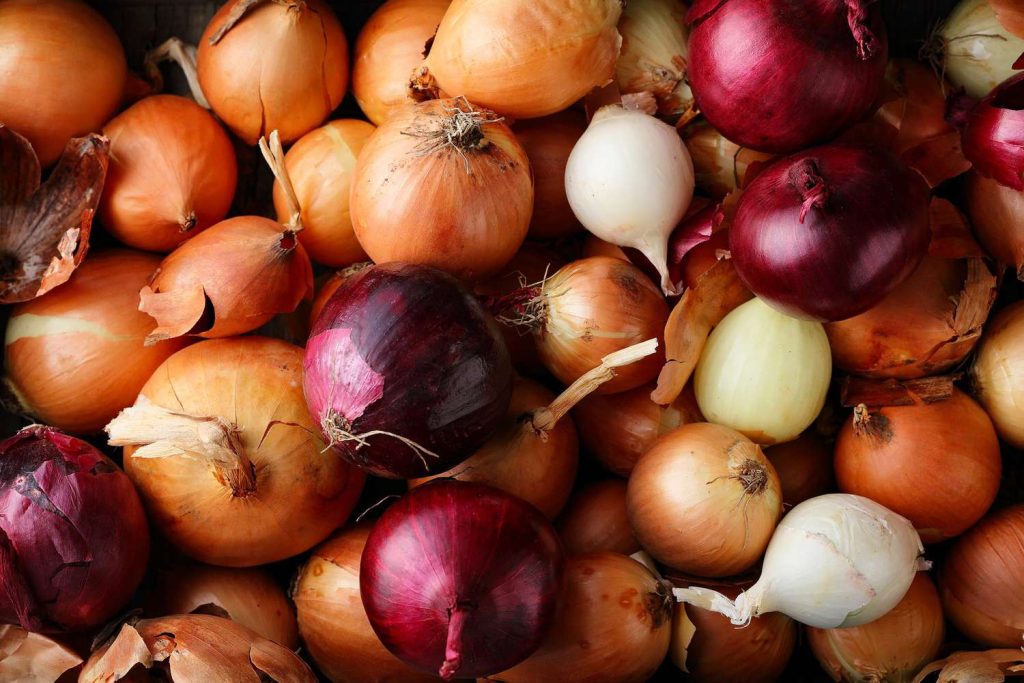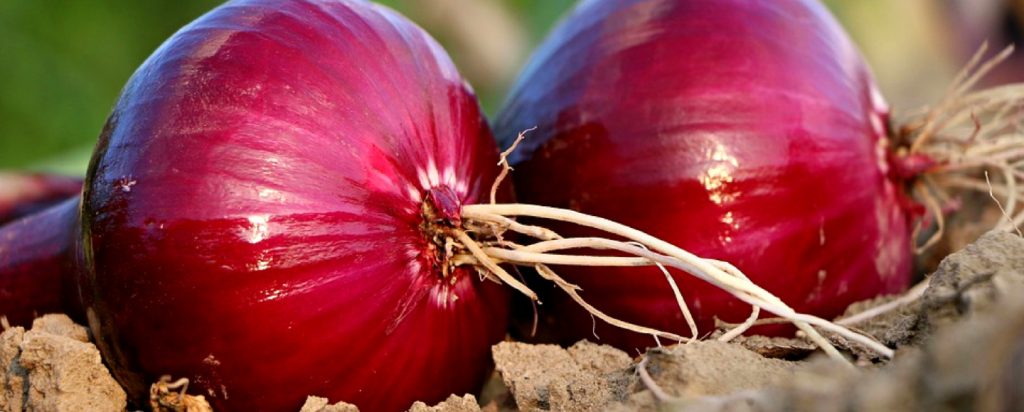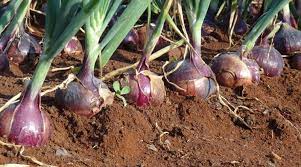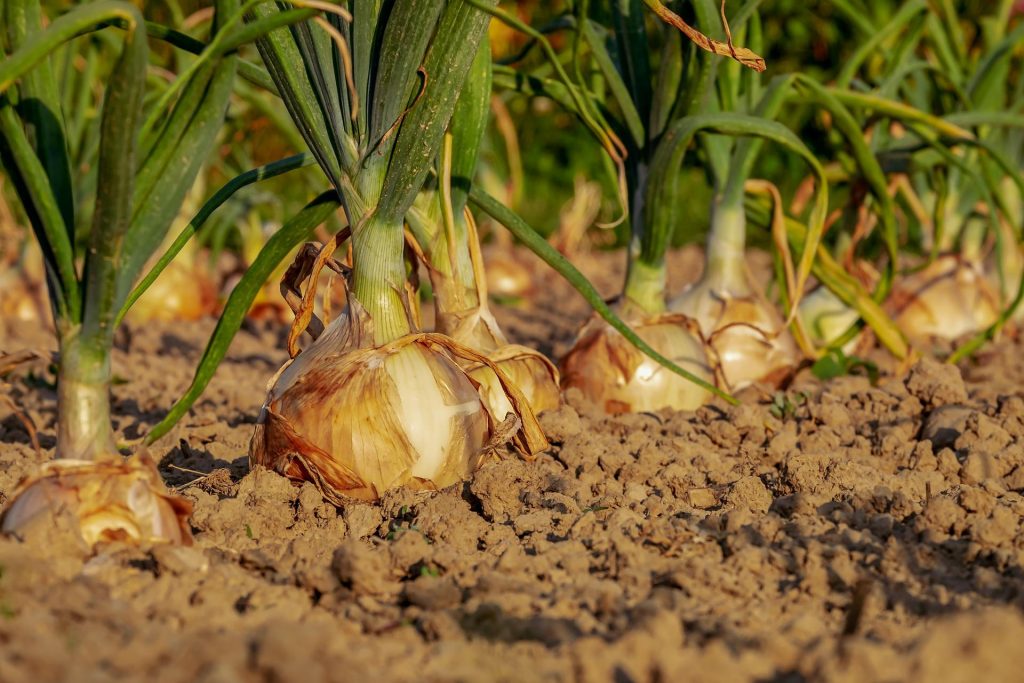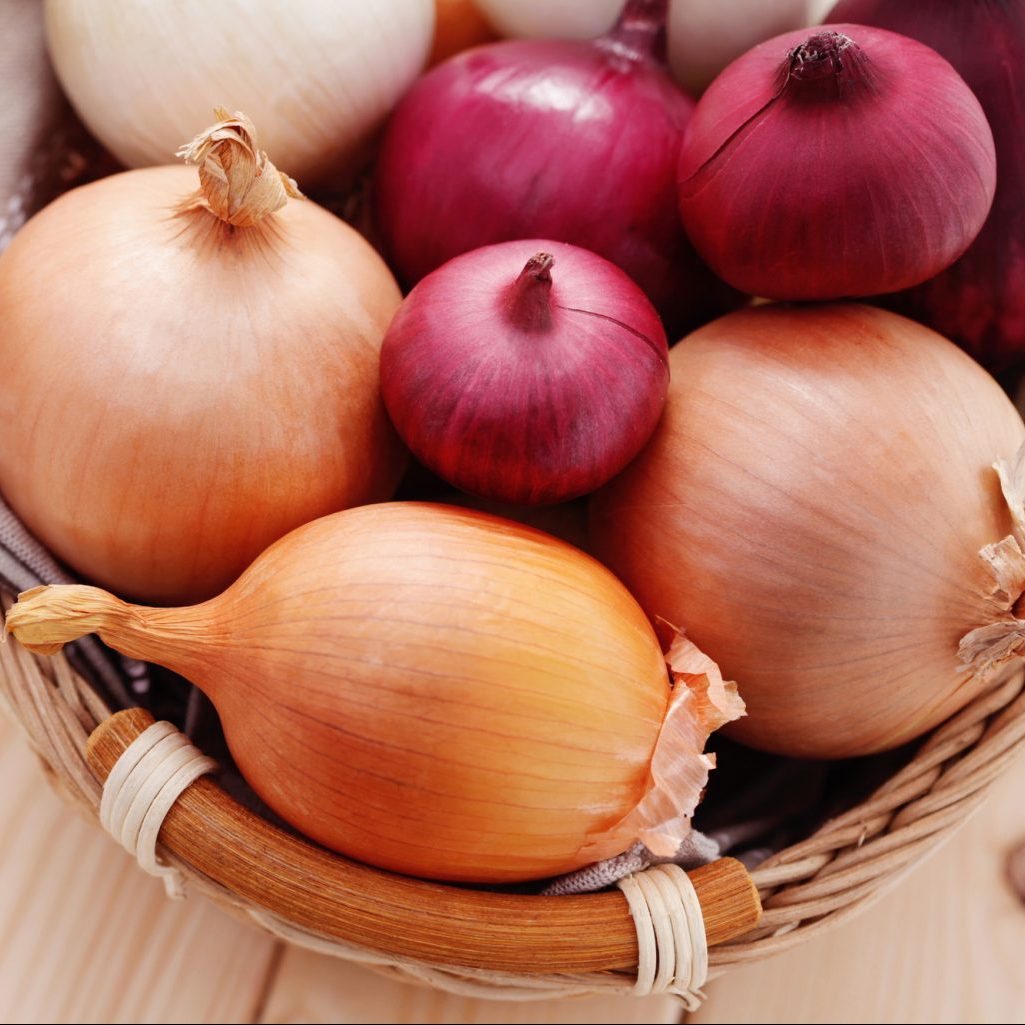Safeguarding Your Onion Crop: A Guide to Pesticide-Free Pest Control in Kenya
Are you in need of in-depth knowledge on onion and garlic production? If yes, we are a call away. Contact us for: Onion seedlings, Garlic seedlings, Germinated garlic cloves, Farm planning services, Soil testing, training on onion and garlic growing, Drip irrigation installation and maintenance, Agronomic support, Onion and Garlic value pack and Farm management. For free consultation, placing orders or booking a visit with an agronomist, please contact us via Call or what’s app +254703982228, Email: Info@oniondoctor.co.ke. You can also check out our social media handles for daily updates on TikTok: https://www.tiktok.com/@oniondoctorke?_t=ZM-8wmsTu0qumO&_r=1 Instagram: https://www.instagram.com/oniondoctorke?igsh=MTVoaHF3aWUydTJzaQ==Facebook:https://www.facebook.com/share/16SwgYn2dG/ Youtube:https://youtube.com/@oniondoctorke?si=u5Jnd-r0qU9UDYqL and Twitter: https://x.com/OnionDoctorKe?t=FR3JXlS_oN1vjjUgAtfyzg&s=09 Onion farming in Kenya is a rewarding venture, but the battle against pests can be challenging. Pests like onion maggots and thrips can lead to crop failures if not managed effectively. In this guide, we’ll delve into major onion pests and eco-friendly strategies to protect your crop, supported by Onion Doctor’s expertise. Control Measures for Onion Flies: Early Scouting: Regularly inspect your crop early on to identify and control onion flies promptly. Crop Rotation: Practice crop rotation to disrupt the life cycle of pests. Manure Quality: Use well-decomposed manure during planting for healthier crops. Infected Plant Removal: Remove and destroy all plants showing signs of infection. Chemical Drenching: Employ chemical drenching using potent solutions like Thunder or confidor insecticides. Ensure the soil is adequately wet for optimal effectiveness. Onion Thrips: Identifiable by their slender bodies and fringed wings, adult thrips, along with their white or yellow nymphs, pose a threat to onion crops. They feed on the base of the plant within leaf sheaths, causing sunken silvery patches on leaves. Severe infestations lead to an overall silvery appearance, with leaves wilting, drying up, or dying. Control Measures for Onion Thrips: Proper Irrigation: Ensure consistent and proper irrigation to avoid water-stressed crops, which are highly susceptible to thrips damage. Weed Management: Keep onion fields clean of weeds to reduce hiding places for thrips. Infested Plant Removal: Uproot and burn highly infested plants to prevent the spread of thrips. Organic Spray: For organic farming, consider spraying neem extract, known for its pest-repelling properties. Onion Doctor’s Support for Farmers: A Holistic Approach Onion Doctor stands as a steadfast ally for smallholder farmers across Africa. Their comprehensive support includes: Quality Seedlings: Providing quality and affordable Onion and Garlic seedlings. Farm Planning Services: Offering expert guidance for effective farm planning. Soil Testing: Conducting soil tests to optimize crop nutrition. Drip Irrigation Installation: Ensuring efficient water management through quality drip irrigation systems. Agronomic Support: Offering valuable agronomic advice for optimal crop health. Onion and Garlic Value Packs: Providing bundled solutions for enhanced crop performance. Farm Management: Assisting in effective farm management practices. E-Extension and On-Farm Training: Utilizing technology for remote support and on-farm training sessions.
